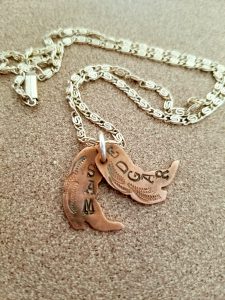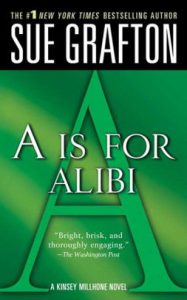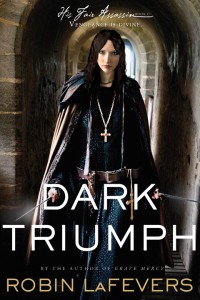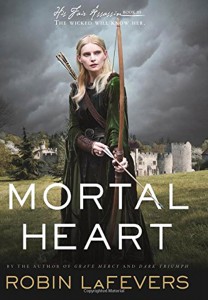The good stuff is a roundup of what I’ve been doing, reading, listening to, watching, etc., simmered down to five tidbits for quick consumption.
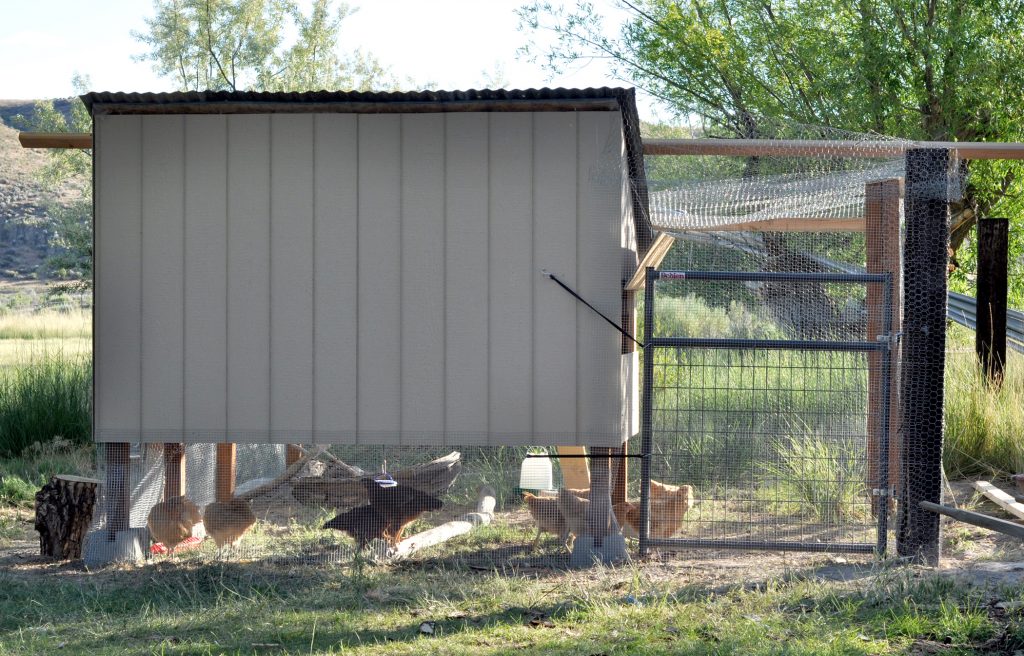
1.
Building: Chicken coop. So we got chicks in April, and surprise, they grew quickly. We had them in a small chicken tractor, but we needed to build a more permanent home for them with a bigger run pronto. DJ put this together in less than a month, and we placed our girls in there last week. They are so much happier now that they have room to peck and scratch and dust themselves. I’ll write up a post with more details on exactly what we did. More to come
2.
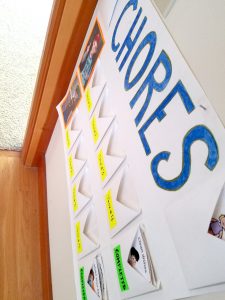
Creating: Chore chart. With full blown summer here, I was feeling the need to structure our day a little more, hence the chore chart. The boys have four tasks to complete each day. They get rewards for each task and once all of them are complete, they get to have some screen time.
3.
Watching: World of Dance. I’ve been watching all the dance shows this summer. So You Think You Can Dance and World of Dance being the two primary series. World of Dance features judges Jennifer Lopez, Derek Hough and Ne-Yo ranking world class acts in a series of rounds until they winnow the it down to a million dollar winner. I love that J-Lo doesn’t take any crap from the guys. She is the clearly the one who runs the show. We are still in the qualifying round at this point, but there have been some impressive acts. The Bradas from New Zealand have been my favorite so far. They are creative, athletic and so good. Check them out here.
4.
Reading: “The Prince” by Katharine Ashe. So this a historical romance. There’s smooching. This story also features a really good characterization of someone on the autism spectrum, which of 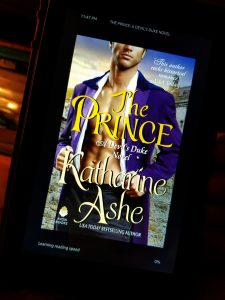 course they didn’t have that terminology for at the time. The heroine is brilliant and driven to become a doctor, and not just a doctor, but a surgeon. Of course, in the 1800s women weren’t allowed to go to school for that. She decides to disguise herself as a man, but she needs someone to help her out, providing her with a place to live and an “in” to the network of doctors and professors who can help her achieve her dream. Enter “the Prince,” an exile who has found a place in Scotland to hide while his country is in turmoil, though he keeps all of this hidden from his friends and acquaintances. He is an artist and draws portraits to support himself. It’s a slow burn romance and the chemistry between these two is off the charts. Competent heroines are my catnip, and I adore the hero who loves her for everything that she is, quirks, flaws and all. “The Prince” hits all the right notes.
course they didn’t have that terminology for at the time. The heroine is brilliant and driven to become a doctor, and not just a doctor, but a surgeon. Of course, in the 1800s women weren’t allowed to go to school for that. She decides to disguise herself as a man, but she needs someone to help her out, providing her with a place to live and an “in” to the network of doctors and professors who can help her achieve her dream. Enter “the Prince,” an exile who has found a place in Scotland to hide while his country is in turmoil, though he keeps all of this hidden from his friends and acquaintances. He is an artist and draws portraits to support himself. It’s a slow burn romance and the chemistry between these two is off the charts. Competent heroines are my catnip, and I adore the hero who loves her for everything that she is, quirks, flaws and all. “The Prince” hits all the right notes.
5.
Designing: If you like the photos I’ve posted on this site, I’ve put some of them on cards, totes, cell phone covers, etc. Some items are listed on the right side of the page or you can see all of them at my shop here. But here’s a snapshot of my two favorite creations with three cheers for summer camp outs:



